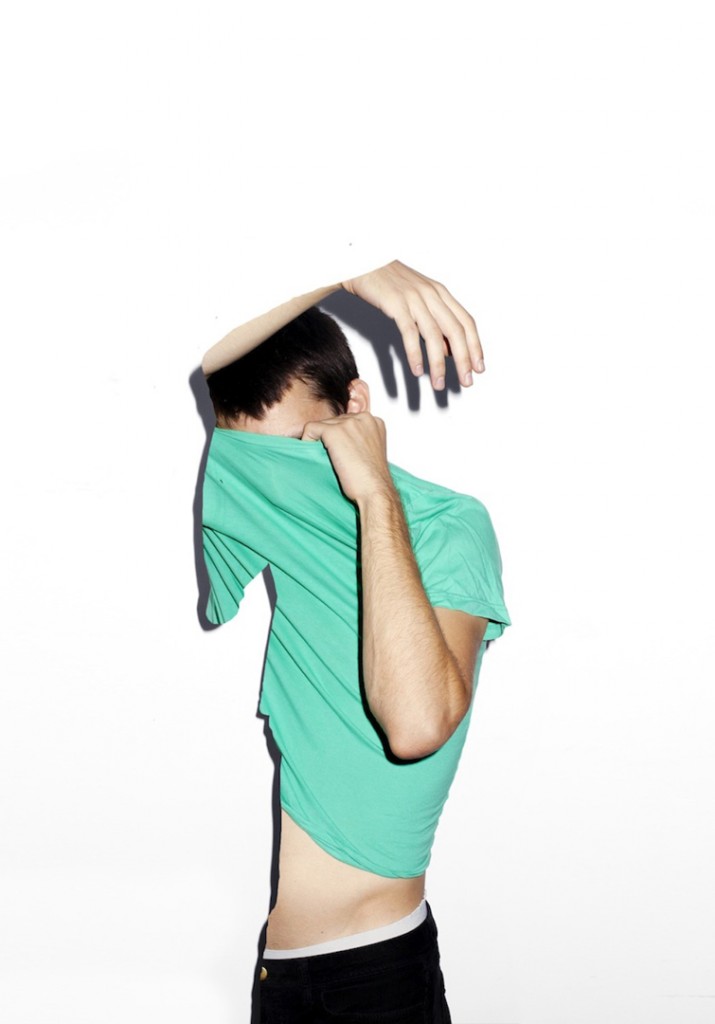 Photograph by Matthew Leifheit for CCNY
Photograph by Matthew Leifheit for CCNY
1989 Brewster, NY
Bobby Doherty is an oracle of the inane.
Doherty chooses not to work within the bounds of a series. Instead, through a language of gestures that vary in subtlety yet maintain the same indefinable spirit, he creates an interchangeable index of obtuse symbols. The subject matter of these photographs varies widely, but the images are held together by the same undertone- a certain kind of mischievousness tempered with deep sincerity and humor. All of Doherty’s pictures are aesthetically coherent as well, veering toward more graphic compositions over time and increasingly marked by bold use of color.
These photos both contribute to and play on the lineage of stock photography and traditional studio photography. One image goes so far as to make use of a Paul Outerbridge photograph as part of the still life. “I think a lot about stock photography,” said Doherty to MATTE, “It’s funny because you’re not exactly meant to feel anything about a stock photo, yet their prime function is to convey some sort of idea in the most obvious way. If anyone were to go into a supermarket and start complimenting the stock food photographs on the coupons they would seem like a total weirdo. But those photographs were chosen specifically because someone thought people would enjoy them.”
At first glance Doherty’s pictures act nonchalant. And then the viewer begins to notice his intervention in the image, the physical action of the artist making visual decisions, and we consider his intent. Through these gestures some element of the image is made wrong, subverting the sense of normalcy and order it initially seems to present. In the vein of Felix Gonzalez-Torres, Doherety is a secret agent, working within an existing aesthetic and subverting it to communicate his own very personal ideas. By working alongside the tradition of studio photography Doherty is able to make his images universally sympathetic. The viewer knows how to look at this kind of image already.
Doherty’s work blurs the line between the studio and real life. This is accomplished by both bringing banal objects from his daily life into the studio and by bringing a studio approach to the real world. “I used to feel like a weird 1960s street photographer in my own life,” says Doherty of his transition toward more staged images, “now I’m just some stressed out creep hovering over a little table in my bedroom.”
At the heart of these photographs is a poetic and coy type of candor which embraces humor unreservedly. Asked how he chooses a subject for a photo, Doherty answers, “If it feels familiar.”
—MATTE Magazine for CCNY













